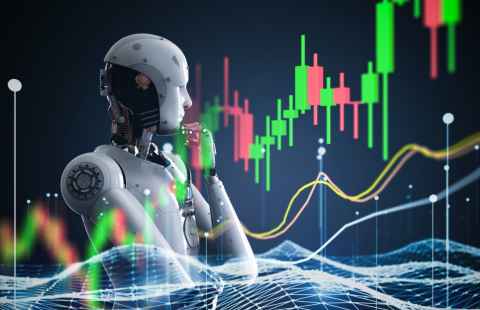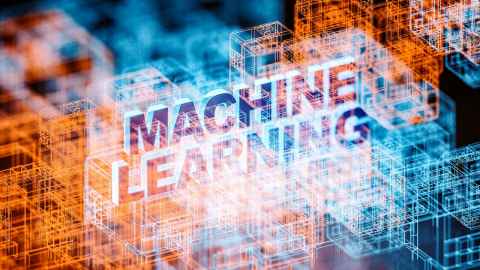Using machine learning to find the true value of companies
8 May 2023
Researchers are employing artificial intelligence to determine the true value of companies and therefore their stock prices.

University of Auckland researchers are harnessing artificial intelligence to evaluate the actual value of companies based on profitability, efficiency, growth, risk and more.
In a paper published in the Journal of Accounting Research, one of the world's top three accounting journals, Business School academics Helen Lu and Paul Geertsema show that machine learning algorithms can provide more accurate valuations of stocks than traditional methods.
Their machine learning method outperforms traditional models in valuation accuracy and the stocks it identifies as undervalued tend to rise in price, giving investors the opportunity to profit without taking on additional risks.
Not only that, but Lu and Geertsema also developed machine learning algorithms to help professionals identify peer firms when traditional methods fall short. This is especially useful in countries like New Zealand, where finding obvious peers can be a struggle, says Lu, who has spent many years specialising in research that applies artificial intelligence to solve finance problems.
Determining the value of a company involves many subjective choices and, therefore, its stock prices can be influenced by human bias, says Lu, which is why this kind of machine learning methodology is game-changing.

According to Doctor Lu industry professionals often value companies by comparing them against others in the same industry, but this process of determining which businesses are industry peers can be influenced by biases and evidence suggests that practitioners strategically select peers to achieve desired valuation results.
"Say if it's a software company being valued, industry professionals typically look for peer firms in the technology industry and ideally find a few that also offer similar products, but the process is quite subjective. Because what exactly is the 'tech industry', and how do you clearly determine whether some companies are comparable or not. Perhaps we should also consider the pricing power and growth potential? Skilled professionals often follow a ‘hunch’ which can be influenced by personal biases."
To try to minimise such issues, the researchers trained and utilised what's known as tree-based machine learning models. These models automatically figure out the best ways to allocate firms to different ‘leaves’ in a tree using firm fundamentals. As a result, businesses that are often assigned to the same leaf can be seen as close peers with similar fundamentals. Conversely, firms that are rarely allocated to the same leaf have different fundamentals.
The researchers’ models analysed a massive sample of US common equities listed on the NYSE, NASDAQ, and AMEX between January 1980 and December 2019. The final sample used by the machine learning models consists of 1,811,785 firm-month observations, which correspond to 16,201 firms. These models can be extended to stock markets around the world.
Lu says their approach not only generated more accurate valuations than traditional models over time and across firms, but the valuations also more closely resembled the true value of a company.
Dr Helen Lu is the FinTech lead for the Master of Business Analytics programme and Dr Paul Geertsema teaches Financial Machine Learning and Data Analytics for MBA, both at the University of Auckland.
Media contact:
Sophie Boladeras, media adviser
M: 022 4600 388
E: sophie.boladeras@auckland.ac.nz